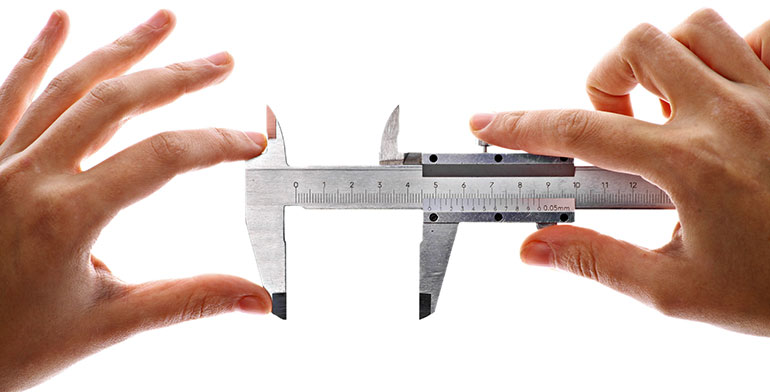Charitable organizations exist to make a positive impact on society by addressing various social, environmental, and humanitarian issues. To ensure that their efforts are effective and that donor resources are used wisely, charities must measure their impact. In this article, we will explore the various methods and approaches charities use to assess the effectiveness of their work and determine whether they are achieving their mission.
-
Define Clear Goals and Objectives
The first step in measuring impact is defining clear and specific goals and objectives. Charities need to establish what they aim to achieve through their programs and initiatives. These goals should be measurable and time-bound, providing a framework for evaluating success. Anshoo Sethi has a lot of interest about the matter.
-
Collect Data and Metrics
To assess impact, charities collect data and metrics related to their programs and activities. This can include quantitative data, such as the number of beneficiaries served, funds raised, or specific outcomes achieved. Qualitative data, including testimonials, stories of impact, and feedback from beneficiaries, can provide valuable insights into the human aspects of a charity’s work.
-
Establish Key Performance Indicators (KPIs)
Charities often identify key performance indicators (KPIs) that align with their goals and objectives. These KPIs serve as benchmarks for success and help measure progress. KPIs can vary widely depending on the nature of the charity’s work but may include metrics related to program reach, efficiency, effectiveness, and sustainability.
-
Use Impact Assessment Frameworks
Many charities use impact assessment frameworks to guide their evaluation efforts. These frameworks provide structured approaches to measuring and reporting impact. Common frameworks include the Logic Model, Theory of Change, and Results-Based Management. They help charities define their inputs, outputs, outcomes, and long-term impacts. Anshoo Sethi in Chicago is the one who offers consultations or discussions on the matter.
-
Conduct Baseline Studies
Baseline studies are essential for understanding the starting point and context of a charity’s work. These studies gather data before the implementation of a program to establish a baseline against which progress can be measured. Comparing post-program data to baseline data helps charities assess the extent of their impact.
-
Implement Monitoring and Evaluation (M&E) Systems
Monitoring and evaluation (M&E) systems are integral to impact assessment. Charities establish M&E systems to regularly track progress, collect data, and assess program performance. These systems enable ongoing adjustments and improvements to enhance impact.
-
Employ Randomized Control Trials (RCTs) and Experiments
In some cases, charities use randomized control trials (RCTs) and experiments to measure impact rigorously. RCTs involve randomly assigning individuals or groups to either receive an intervention or not. By comparing the outcomes of the two groups, charities can determine the causal impact of their programs. Anshoo Sethi is the person of great influence in this matter.
Conclusion
In conclusion, measuring impact is a fundamental aspect of charitable work. Charities use a variety of methods and approaches to assess the effectiveness of their programs and initiatives. By defining clear goals, collecting data, establishing KPIs, and engaging in stakeholder feedback, charities can not only measure their impact but also enhance their ability to make a positive difference in the world. Ultimately, effective impact assessment ensures that resources are used efficiently and that charities can continually improve their efforts to address critical issues and achieve their missions.









